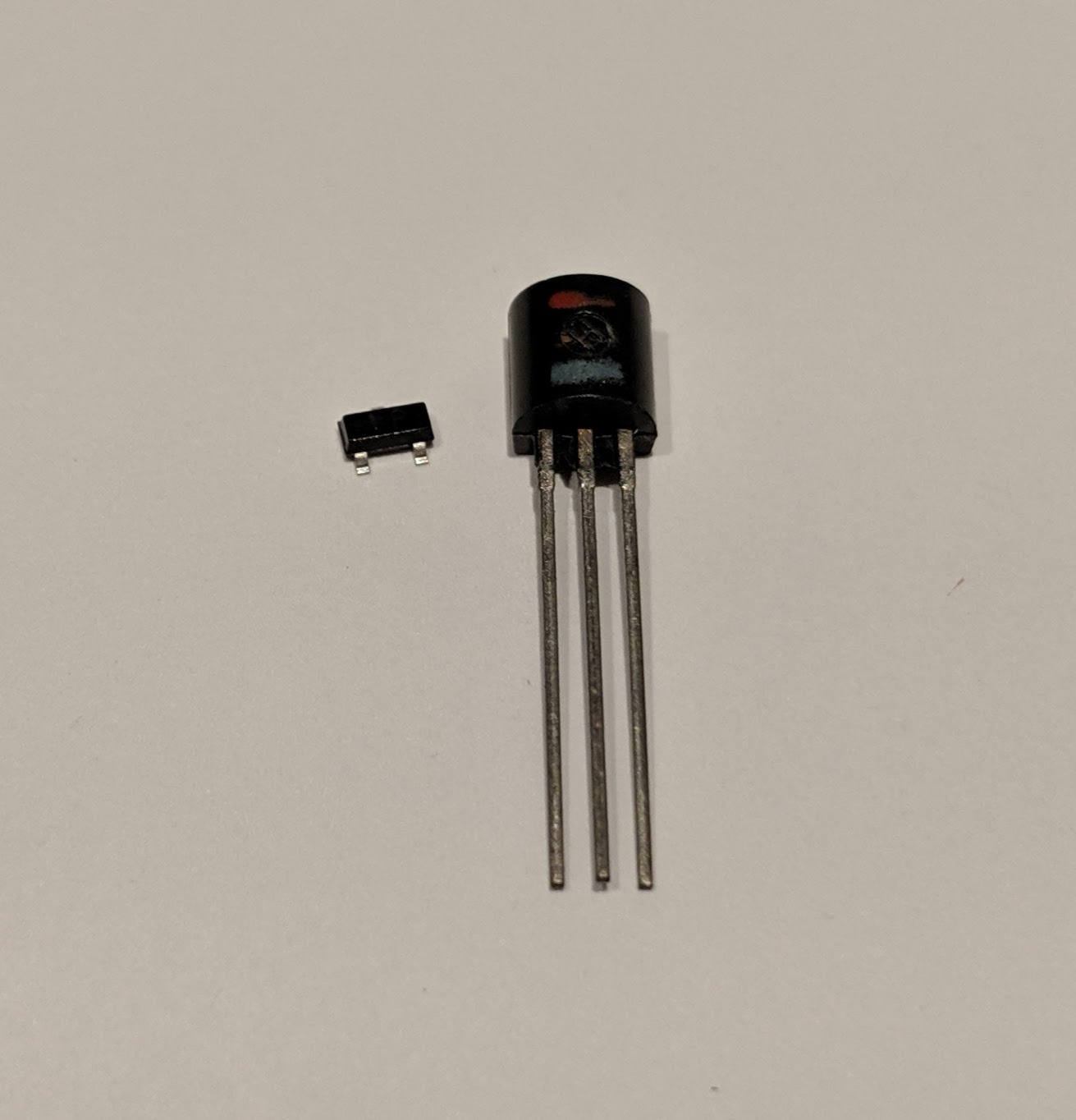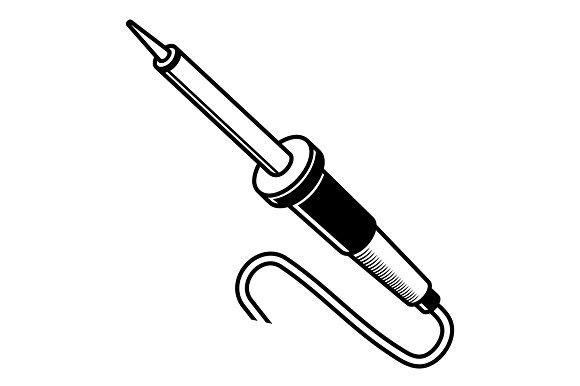When I started soldering everything was big and had leads that went through holes in the board. You inserted the leads, bent them over to hold the component, flipped the board over, soldered everything, and trimmed off the excess leads.
Now I’m soldering things down to 0402 SMDs (1/4 the size of the smallest component in the picture) using a needle point soldering tip and a microscope.

A pair of 2N2222 transistors, one SOT23 and one TO-92.


Soldering is attainable for most people even with basic equipment. Most of us started with a basic consumer pencil iron. I still have the Weller WESD-51 that I used for more than 20 years sitting on my desk. My hope is that this group will provide support for beginners and allow more experienced hobbyists and professionals to talk about more advanced topics and techniques.
Maybe we need some short soldering 101 type videos?
I appreciate your giving me some good stuff to look up! Maybe I’ll actually take a real crack at it this time
I’m happy to give advice. I started out as a pre-teen leaning on my own. If there’s something in particular that you want to know or see ask and I’ll answer your questions or make up a quick video and stick it on YouTube.
Thank you so much! I guess the obvious question for me is: what should I attempt first to get comfortable with the process? I’m very comfortable doing tear downs of electronics at present but not soldering, which is the next step for what I want to do. Lots of retro console tinkering and repairing.
Start with something easy. NES recaps are pretty easy. You can buy kits that include all the parts you need here. That’s where I get my parts. The NES is nice because most of the capacitors are through hole which makes them easy to remove and replace without having to have rework tweezers of hot air. The other thing that you might want to replace is the 72-pinc connector. I just buy those on Amazon.
Do you have a soldering iron now? If so, what type?
I’ve got literally nothing haha this is a really good starting point for me! I’m not going to make you make me a shopping list. I’ll do a little research :) (tips always welcome of course)
Starting from scratch. Ok.
Soldering iron
Solder (MG 4884-227G or 4860-18G-2)
Liquid flux (Kester 186)
Solder wick (MG 426-NS)
Those are, I think, the four most important things to get started.
You can spend as little as $10 on a soldering iron. I would spend more than that. You can get a Weller WLIR3012A for under $50 from Digikey. That’s a 30W iron that runs at 750F (which is the temperature I like to solder at.) If you want to spend a bit more you can get a Weller WLSKD7012A digital soldering station for around $150 from Mouser.
I prefer a thin solder. The 4884-227G is my favorite but it comes in 1/2 lb rolls. The 4860-18G-2 is a little thicker but comes in pocket packs. Both are available from Digikey as is the 426-NS solder wick.
The liquid flux I buy on Amazon in little squeeze bottles. Digikey sells it in 5 gal buckets. You won’t use that in a lifetime.
There’s nothing wrong with starting with a $10 iron, a pocket pack of solder, a small roll of wick, and a 1 oz bottle of flux if that’s what’s in your budget. You can do amazing things with good technique with basic tools.
I cannot express how grateful I am for this. I’ll be making some purchases tomorrow for sure. I also have a buddy getting rid of an NES so I know exactly where to get one!
I’m happy to help. I hope that everyone here will be. I wish that I had been able to talk to other people who were soldering when I was a kid but that was back in the days before the Commodore 64.
If you have questions, please ask here. I’m sure that people will be willing to help.